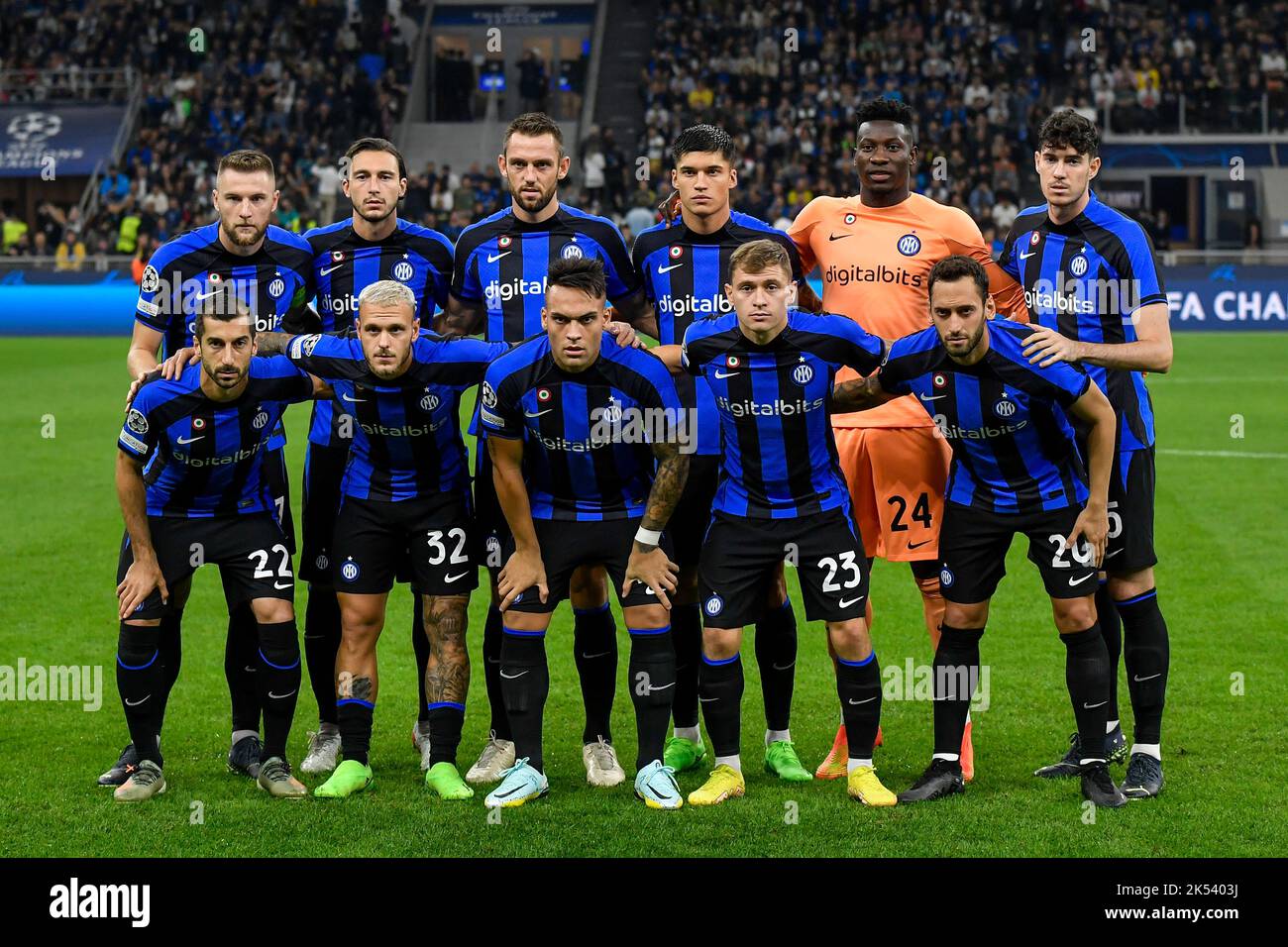

Sonority group pose series#
This would fit better with the more commonly established (and arguably universal: Clements 1990: 295–296) sonority sequence vowels > glides > liquids > nasals > obstruents.Ĭooper’s proposal of lower sonority for /m/ arises, to some extent, from the Optimality Theoretical framework which he uses to model the PIE syllable (Cooper 2015), which works on the idea of possible output forms of an underlying string of phonemes being compared according to their well-formedness relative to a ranked series of constraints. A more standard version of the sonority hierarchy is the one asserted by Byrd (2015: 135–178) for PIE, whereby nasals are less sonorous than liquids, and liquids are less sonorous than glides, giving a hierarchy vowels > /w/, /j/ > /r/, /l/ > /m/, /n/ > fricatives > plosives. As will be discussed in Section 2, it seems likely that this is a typologically unusual sonority hierarchy, and it is not clear whether Cooper really means to assert that /w/ and /j/ are equally as sonorous as the liquids (and /n/). This is to say that the vowels are more sonorous than the glides, liquids and /n/, which in turn are more sonorous than /m/, which is more sonorous than the obstruents.

On the basis of this observation, and with the addition of some other evidence, Cooper (2013: 11–12, 2015: 317–320 already raised as a possibility by Kobayashi 2004: 91–96) suggests that /m/ is lower in sonority than /n/, and sets up the following sonority hierarchy for PIE: vowels > /w/, /j/, /l/, /r/, /n/ > /m/ > obstruents. 1 However, as pointed out by Schindler (1977: 56–57), there are a number of phonological or morphological categories in which /m/ does not act as would be expected of the other sonorants, which will be discussed in Sections 3 and 4. Thus, a root of the structure TReRT, where T represents any obstruent and R any sonorant, is permitted, but not RTeTR. Thus, for example, they have in common the trait of being able to act as the nucleus of a syllable and they appear nearer the nucleus of the PIE root than an obstruent, if present. In general, in the relevant contexts, these tend to pattern as a group. Proto-Indo-European had a class of sonorant consonants consisting of two liquids /l/ and /r/, two nasals /m/ and /n/ and two glides /w/ and /j/.


 0 kommentar(er)
0 kommentar(er)
